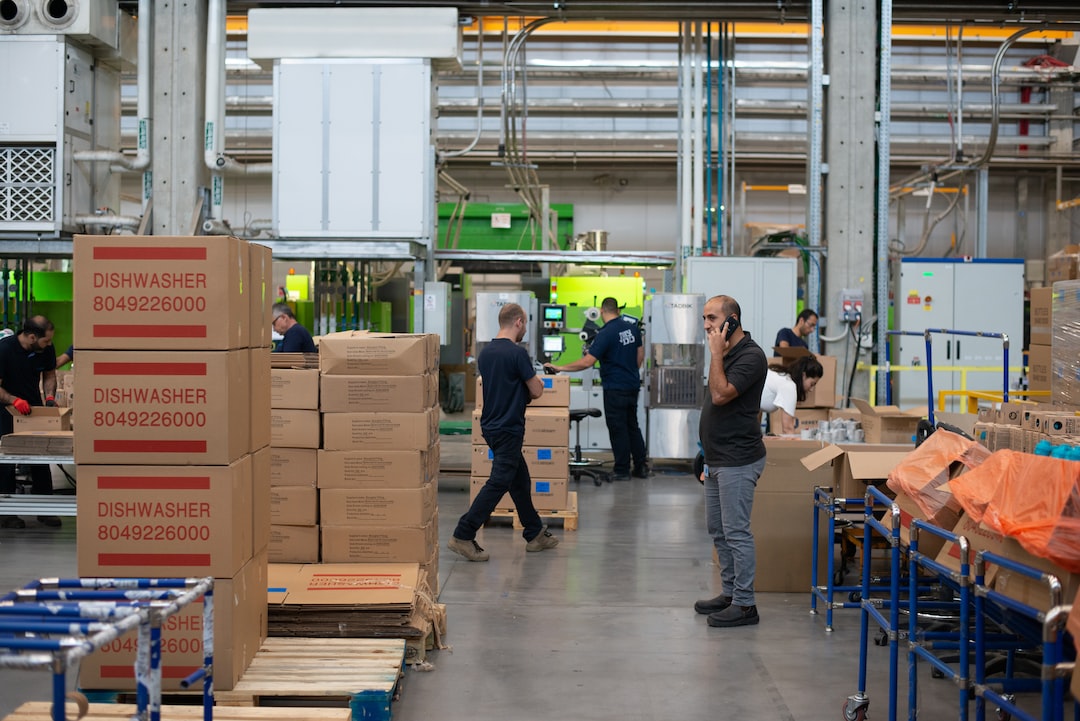The Impact of Digital Twin Technology on Manufacturing Efficiency
In recent years, digital twin technology has emerged as a game-changer in the manufacturing industry. Digital twins are virtual replicas of physical objects, processes, or systems that provide real-time insights and enable simulations. This revolutionary technology holds great promise for enhancing manufacturing efficiency in numerous ways.
One of the key benefits of digital twin technology is its ability to optimize production processes. By creating a virtual replica of the manufacturing plant, companies can analyze and streamline their operations. From identifying bottlenecks in the production line to optimizing workflows, digital twins offer unprecedented visibility and control. Manufacturers can simulate different scenarios, perform advanced analytics, and make data-driven decisions to optimize efficiency.
Digital twins also enable predictive maintenance, which is another key driver of manufacturing efficiency. Through sensors and data integration, real-time performance data can be collected from the physical asset and compared with the digital twin. This allows manufacturers to monitor the health of their equipment, detect potential issues before they cause downtime, and schedule maintenance proactively. By minimizing unplanned downtime and optimizing maintenance schedules, digital twin technology can significantly increase overall equipment effectiveness (OEE) and improve manufacturing efficiency.
Furthermore, digital twins facilitate the implementation of model-based control. Manufacturers can leverage their digital twins to develop and test control strategies that optimize performance and energy efficiency. By simulating different control algorithms and analyzing their impact on the virtual model, companies can identify the most effective strategies to implement in the physical environment. This helps to reduce energy consumption, optimize resource allocation, and further increase overall manufacturing efficiency.
Another area where digital twin technology is driving manufacturing efficiency is in quality assurance and defect reduction. By integrating data from multiple sources, including sensors, machines, and quality control systems, manufacturers can monitor product quality in real-time. Digital twins can simulate various scenarios and pinpoint areas where defects are likely to occur. This enables manufacturers to proactively identify and address potential quality issues, thereby reducing rework and scrap rates. Improved quality assurance not only enhances customer satisfaction but also minimizes production costs and increases manufacturing efficiency.
Digital twins also play a crucial role in supply chain optimization. By creating a digital replica of the supply chain network, manufacturers can gain comprehensive visibility and optimize logistics operations. Real-time data feeds from various sources, such as suppliers, transportation providers, and warehouses, enable companies to monitor the entire supply chain in real-time. This allows them to identify potential bottlenecks, optimize inventory levels, and enhance overall supply chain performance. By enhancing supply chain visibility and optimization, digital twin technology helps manufacturers reduce lead times, lower costs, and increase manufacturing efficiency.
Moreover, digital twin technology facilitates collaboration and knowledge sharing among stakeholders. With a virtual replica that can be accessed and analyzed by different teams, manufacturers can improve cross-functional collaboration and decision-making. This enables faster and more accurate communication, resulting in increased efficiency and productivity. For example, design teams can collaborate with production teams to optimize product designs for manufacturing, thereby reducing production cycle times and costs. Similarly, maintenance teams can work closely with equipment suppliers to improve equipment reliability and reduce downtime. By fostering collaboration and knowledge sharing, digital twin technology empowers manufacturers to achieve higher levels of efficiency and innovation.
It is worth noting that the impact of digital twin technology on manufacturing efficiency is not limited to a single industry. From the automotive to the aerospace sector, digital twins are transforming the way manufacturers operate. They enable companies to achieve higher levels of automation, optimize resource allocation, reduce energy consumption, and enhance quality control. By leveraging the power of data and simulation, digital twin technology is revolutionizing the manufacturing industry and paving the way for a more efficient and sustainable future.
In conclusion, digital twin technology is revolutionizing the manufacturing industry by enhancing efficiency in various ways. From optimizing production processes to enabling predictive maintenance, digital twins offer unprecedented visibility and control. They allow manufacturers to simulate different scenarios, make data-driven decisions, and streamline operations. By optimizing maintenance schedules, reducing defects, and improving supply chain performance, digital twins are driving significant improvements in manufacturing efficiency. Furthermore, by fostering collaboration and knowledge sharing, they empower manufacturers to achieve higher levels of productivity and innovation. As the adoption of digital twin technology continues to grow, the future of manufacturing looks more efficient and sustainable than ever before.

